Abdominal muscles: Anatomy, Function, Exercise
Table of Contents
Introduction
The abdominal muscles are the muscles forming the abdominal walls, the abdomen being the part of the trunk connecting the thorax and pelvis. An abdominal wall is formed by the skin, fascia, and muscle and encases the abdominal cavity and viscera.
The abdominal muscles help to support the trunk, allow movement, hold organs in place and are distensible (being able to accommodate dynamic changes in the volume of abdominal contents).
The deep abdominal muscles, together with the intrinsic back muscles, make up the core muscles and help keep the body stable and balanced, and help to protect the spine.
There are main four muscles in the abdomen:
- External Abdominal obliques
- Internal Abdominal obliques
- Rectus abdominis
- Transversus abdominis
External Abdominal obliques

Origin
Ribs 5-12
Insertion
Xiphoid process, outer lip of the iliac crest, pubic crest, pubic tubercle, linea alba, inguinal ligament, and anterior superior iliac spine (ASIS)
Nerve supply
The external abdominal oblique muscle is supplied by ventral branches of the lower six thoracoabdominal nerves and the subcostal nerve on each side.
Blood supply
The cranial part of the muscle is supplied by the lower intercostal arteries, whereas the caudal part is supplied by a branch of either the deep circumflex iliac artery or the iliolumbar artery.
Actions
Flexion of the torso and contralateral(opposite side) rotation of the torso
Internal Abdominal obliques

Origin
Inguinal ligament, Iliac crest and the thoracolumber fascia.
Insertion
Linea alba, Pectineal Line of Pubis (via Conjoint tendon) and ribs 10 to 12.
Blood supply
Lower posterior intercostal and subcostal arteries. Superior and inferior epigastric arteries. Superficial and deep circumflex iliac arteries.
Nerve supply
Thoracoabdominal Nerve. (T7-T11), Subcostal n. (T12), Iliohypogastric Nerve. (L1), and Ilioinguinal Nerve. (L1)
Actions
Bilateral: Compresses abdomen Unilateral: Ipsilateral trunk rotation
Rectus abdominis

Origin
Crest of pubic
Insertion
costal cartilages of ribs 5 to 7 and Xiphoid process of the sternum.
Blood supply
inferior epigastric artery
Nerve supply
segmentally by thoracoabdominal nerves (T7 to T11) and subcostal nerve (T12)
Actions
Flexion of the lumbar spine
Transversus abdominis

Origin
Transversus abdominis originated from the Iliac crest, inguinal ligament, thoracolumbar fascia, and costal cartilages 7 to 12
Insertion
Transversus abdominis Inserted on Xiphoid process, linea alba, pubic crest and pecten pubis via conjoint tendon
Blood supply
the blood supply of the transversus abdominis includes the posterior intercostal and subcostal arteries, superior and inferior epigastric arteries, superficial and deep circumflex arteries, and posterior lumbar arteries.
Nerve supply
The transverse abdominal is innervated by the lower intercostal nerves (thoracoabdominal, nerve roots T7 to T11), as well as the iliohypogastric nerve and the ilioinguinal nerve.
Actions
Compresses abdominal contents
Clinical Importance:
Abdominal muscle strain
An abdominal muscle strain occurs due to a tear or overly stretch muscles in the stomach. An abdominal muscle strain and pulled stomach muscle strain are the same.
Causes:
- A pulled stomach muscle is mainly due to overuse injury.
- Repetitive movements, most commonly in sports or other physical activity, cause the muscle to stretch or tear.
- Accidents, such as falls down or motor vehicle wrecks.
- Chronic coughing or sneezing.
- Intense or excessive exercise.
- Lifting heavy objects.
- Poor form when playing sports or exercising.
- Sudden twisting.
Clinical features:
- pain in Abdomen and musculoskeletal pain are the main signs of an abdominal strain.
- You may experience this pain during Coughing, sneezing or laughing, Sprinting, or doing vigorous exercise.
- Getting up after a prolonged time of sitting or inactivity.
- Bruising.
- Muscle spasms, stiff muscles, or muscle pain.
- Swelling.
- soreness or tenderness.
- pain or discomfort when touching the abdomen.
Investigation:
Ultrasonography
X-ray: Fracture, space reduction between two vertebrae, Osteoarthritis, Osteoporosis
MRI: Nerve compression, Spinal stenosis
Treatment:
Abdominal muscle strains can get better over time with rest. These steps can help:
The alternate application between the ice pack and warm compresses to the injured area.
Take nonsteroidal anti-inflammatory drugs (NSAIDs) to reduce pain and inflammation.
Wear an abdominal brace to support the stomach muscles and reduce swelling.
Physiotherapy Treatment:
Rice Protocol
- Rest
- Ice treatment
- Compression
- Elevation
Strengthening Exercise of Abdominal muscles:
Abdominal drawing-in maneuver:
Lie down on your back with both knees bent and feet flat on the floor. Try to pull your belly button in towards your back. asked the person to hold this position for 10 to 15 seconds and then relax. Repeat 5 to 10 times.
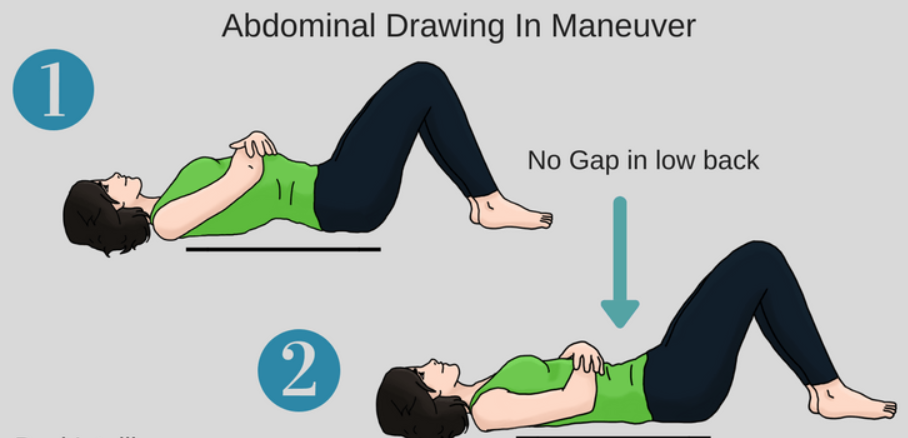
Bridging
your hands rested at your sides, bend your knees, and place your feet flat on the floor, beneath your knees.
Tighten your abdominal and buttock muscles by pushing your lower back to the ground.
Raise your hips upward to create a straight line from your knees to your shoulders.
Squeeze your core and pull your belly button back toward your back.
Hold for 20 to 30 seconds.

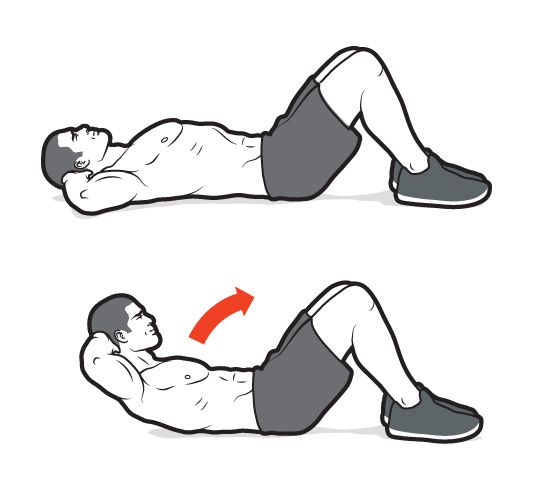
Abdominal Crunches for Your Abdominal Muscles
Abdominal crunches are the best way for strengthening your core muscles without placing too much stress on your lower back and spine.
Lie on your back
Bend your knees to a comfortable position
Lock your fingers behind your head or you can cross your arms in front of your chest
Curl your head, shoulders, and upper back up the floor
Keep your lower back in the contact with the floor; you should only rise up a few inches
Breathe out as you rise
Hold this position for three seconds
Slowly return to starting position
Repeat 10 more times
If you feel any back pain while you are performing the crunch, you must stop and check in with your healthcare provider or physiotherapist.
Plank:
In the plank, face down with your forearms and toes on the floor.
Engage your abdominal muscles, drawing your belly button toward your back
Hold this position for 10 seconds.

Stretching Exercise of Abdominal muscles :
Cobra Pose
In starting position lay face down on the floor or on an exercise mat.
your hips flat on the floor, push your upper body upward while looking straight ahead. This is the stretch of the abdominal muscles.
Hold this position for 15 to 20 seconds, then return to the starting position.
Repeat 3 to 4 times.

Cat-Cow Stretch
The cat-Cow stretch helps to improve mobility and flexibility of your abdominal muscles. It also helps to stretch and strengthen your lower back.
Get on your hands and knees, and tuck your head down as you arch your back, same as how a cat does it.
Extend the neck all the way upwards, and drop your belly all the way downwards, stretching the muscles of the abdomen.
Hold this position for 15 to 20 seconds, then return to the starting position.
Repeat 3 to 4 times.

How to prevent Abdominal strain?
Giving your abdominal muscles a rest from certain activities can reduce your chances of pulling a stomach muscle. You can also:
- Ask for help when lifting heavy objects.
- Try Pilates, yoga, or other types of exercises to regularly stretch the abdominal muscles.
- Strengthen abdominal muscles by doing planks and other exercises that work the core muscles.
- Warm-up your muscles before vigorous physical activity, and do cool-down exercises afterward.

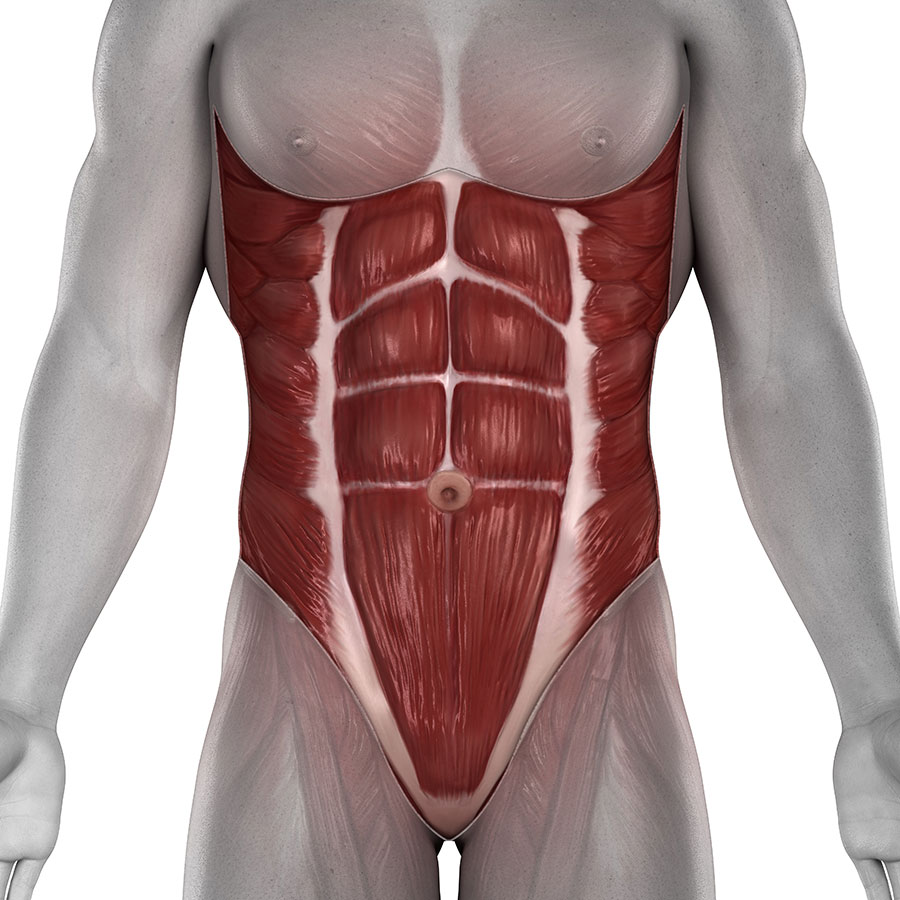
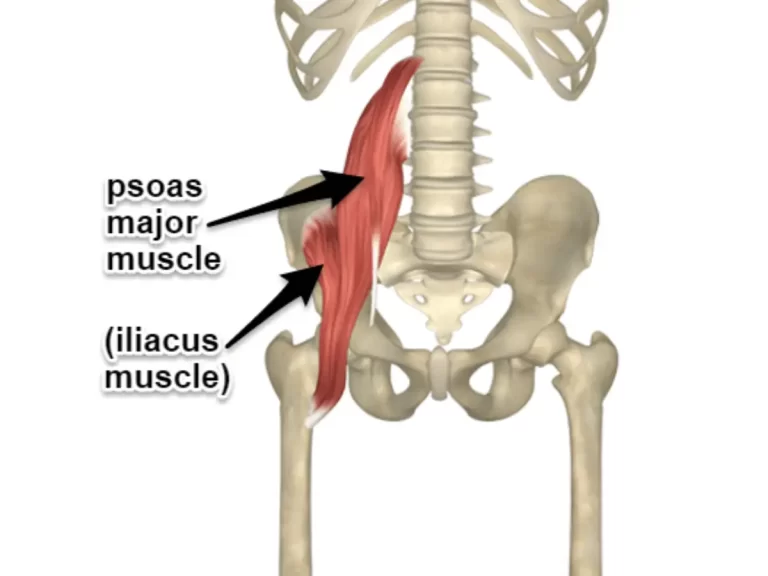
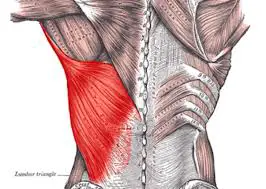
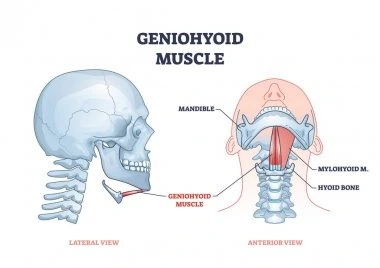
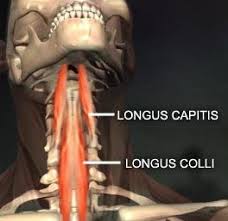
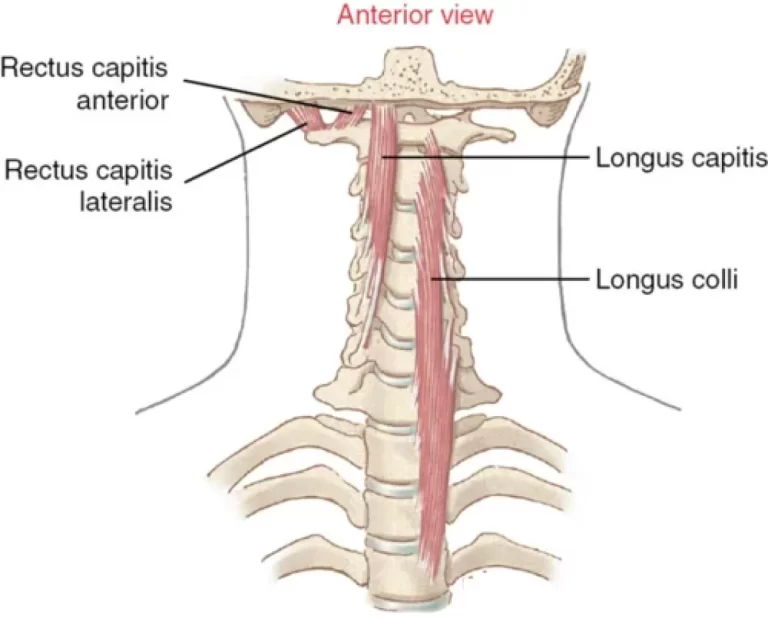
23 Comments